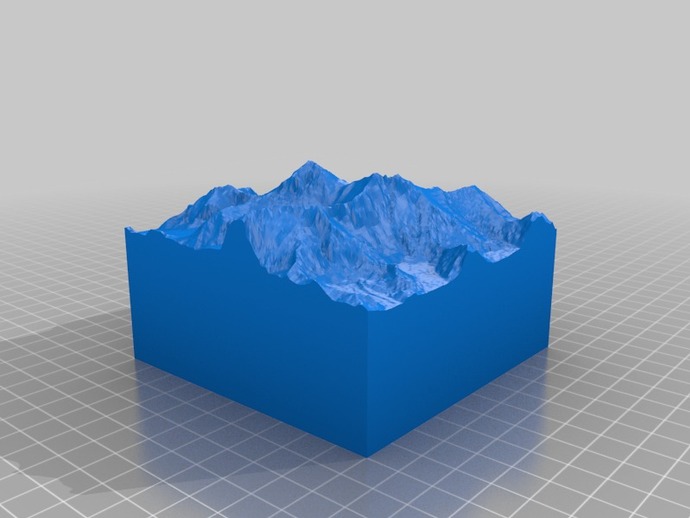 Back in 1994 an artist called Julie Martin conceptualised and brought to stage the world’s first augmented reality dance production called “dancing in cyberspace.” During the production the dancers would dance and interact with full life sized virtual objects. From the viewers perspective the dancers were fully immersed in the virtual environment, creating a full augmented experience.
Back in 1994 an artist called Julie Martin conceptualised and brought to stage the world’s first augmented reality dance production called “dancing in cyberspace.” During the production the dancers would dance and interact with full life sized virtual objects. From the viewers perspective the dancers were fully immersed in the virtual environment, creating a full augmented experience.
When it comes to conferences, not too dissimilar to theatre performances, there is a stage or a viewing platform where the audience’s attention is centralised around, and a budding audience that needs to have their attention retained for the entirety of the performance, for anyone that’s ever been to a conference or seminar, where the topic is somewhat mundane, not to the fault of the speaker, it can be difficult retaining the attention of the crowd. This situation worsened with the introduction of smartphones, people either checking their e-mails, WhatsApp, snapchat etc.
Bringing Augmented Reality into the world of conferences can really change this; augmented reality brings flat images and ideas to life through the use of an overlaying device. In the same way that virtual reality can transport you to another place, augmented reality can transport things to you! Back to the Mount Everest example, using augmented reality you can show the audience an obviously scaled down 3d rendering of Mount Everest with a computer animation of the path you took, you  can also compare the size of Everest with other real world examples, which just wouldn’t be possible to imagine without visual representation. Now this is all great in theory, but what about execution? Remember those VR headsets we distributed in the 360 video topic? These can double up as augmented reality headsets as long as the VR viewer has a camera panel, (which most do!)
can also compare the size of Everest with other real world examples, which just wouldn’t be possible to imagine without visual representation. Now this is all great in theory, but what about execution? Remember those VR headsets we distributed in the 360 video topic? These can double up as augmented reality headsets as long as the VR viewer has a camera panel, (which most do!)
If you have already paid enough for Augmented Reality content and do have budget for, or simply do not want to distribute VR headsets, there is a solution for this too! Almost everyone at that conference will already have a tool that can view augmented reality, yes that pesky smartphone that previously at conferences would provide a distraction, can be turned on its head and be used as the viewing tool for AR devices. All you need to do is distribute material with an AR trigger built into an image, when the person aims their smart device at the image, with the correct app loaded up, they will see a live rendering of whatever you want the image to trigger, this could be a video, or a 3d rendered model, if you’d like to know more about augmented reality, check out my previous blog series! What we have seen done in the past, is for companies to incorporate an augmented reality strategy, with their promotional product strategy essentially fulfilling too needs with one deed, you are getting your brand awareness by printing your imagery on a product, but at the same time, that imagery would contain triggers that would work in the world of augmented reality.